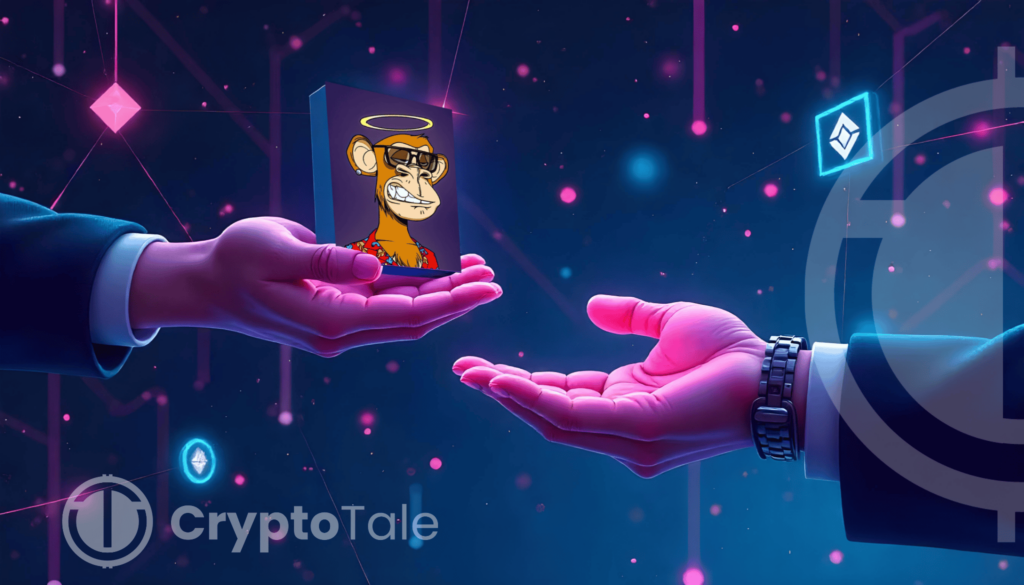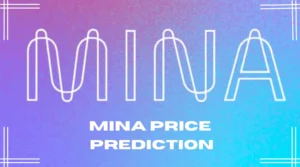
**A Complete Guide to NFT Lending: Types and Advantages**
Non-fungible tokens (NFTs) have revolutionized the digital art world by providing a unique way for artists and creators to monetize their work. However, with the increasing popularity of NFTs comes the need for innovative financial solutions that cater specifically to these digital assets. One such innovation is NFT lending, which allows NFT holders to borrow funds using their tokens as collateral.
**How NFT Lending Works**
In a traditional lending scenario, lenders fund the liquidity pool, and borrowers access it by providing traditional collateral, such as stocks or property. In NFT lending, the process is similar, with the exception that the collateral is digital assets like NFTs. Once the platform evaluates the collateral and approves the loan amount, the liquidity from the pool is transferred to the user’s account.
**Benefits of NFT Lending**
NFT lending offers several advantages over traditional lending methods:
* **No Credit Checks**: Unlike traditional lending institutions, NFT lending platforms do not conduct credit checks. This makes it accessible to anyone who has an NFT, regardless of their credit score.
* **Retention of Assets**: Borrowers retain ownership of the NFT throughout the loan period, allowing them to benefit from potential long-term value appreciation.
* **Liquidity Access**: Users can access funds quickly and easily by using their NFT as collateral instead of selling the asset.
* **Lower Interest Rates**: The risk associated with lending in an unsecured manner is significantly reduced when a digital asset serves as collateral. This leads to lower interest rates for borrowers.
**Types of NFT Lending**
NFT lending platforms have evolved to offer various services, including:
1. **Peer-to-Peer Lending**: This model allows lenders and borrowers to interact directly, with the platform providing the necessary infrastructure.
2. **Peer-to-Protocol Lending**: In this scenario, a decentralized protocol handles loan distribution, eliminating the need for intermediaries.
3. **NFT Rentals**: Platforms offering NFT rentals allow borrowers to use NFTs without ownership, which can be useful for short-term projects or creative endeavors.
4. **Non-Fungible Debt Positions**: This type of lending enables users to borrow a specific amount of assets while maintaining ownership.
**Risks Associated with NFT Lending**
While NFT lending offers numerous benefits, it is essential to consider the following risks:
* **Market Volatility**: The value of NFTs can fluctuate rapidly, making it challenging to evaluate their true worth. This may lead to issues when appraising the collateral’s value.
* **Smart Contract Vulnerabilities**: Smart contracts are used to lock in the collateralized NFTs. However, bugs or malicious attacks on these contracts could result in loss of funds or NFTs.
* **Valuation Issues**: Determining an accurate value for an NFT can be problematic, leading to issues with loan pricing and potentially creating overvalued or undervalued positions.
* **Regulatory Concerns**: Any changes in regulations that affect the NFT market may pose uncertainty to the lending process.
**Conclusion**
NFT lending has revolutionized the way we think about digital assets. By providing a secure and accessible means of borrowing funds, it empowers creators to unlock liquidity without sacrificing ownership or control over their work. As the market continues to evolve, it’s crucial to acknowledge the associated risks and maintain transparency in valuations and smart contract management.
**Stay updated with the latest NFT lending developments and insights by following [Your Social Media Handles].**
Source: cryptotale.org


